

Queer Places:
Madame Sherri Castle, West Chesterfield, NH 03466
 Charles
LeMaire (April 22, 1897 – June 8, 1985) was an
American
costume designer.
Charles
LeMaire (April 22, 1897 – June 8, 1985) was an
American
costume designer.
LeMaire's early career was as a vaudeville performer (he was taken uder the wing of Andre and Antoinette Sherri colorful characters who had interesting earlier lives), but he became a costume designer for such Broadway productions as Ziegfeld Follies and The Five O'Clock Girl. By 1925 he turned to the movies.
Andre Sherri was actually Anthony Macaluso and as a young man had sued a New York interior decorator for seeking "intimate favors". The decorator's lawyer settled the suit, but took the lion's share of the money the decorator had settled on Macaluso for himself. Anthony then sued the lawyer and testified against him, resulting in a considerable sentence for the lawyer. Before being jailed, the lawyer paid Macaluso to change his testimony, which he did, resulting in a lesser sentence for the lawyer and an indictment of Macaluso for perjury. Anthony was given money by the lawyer to escape to France, where he changed his name and met his future wife, Antonia de Lila, born Antonia Bramare, a dancer who then renamed herself Antoinette. Andre later mounted a show in Chicago which he had plagiarized from Ziegfeld, who sued and stopped the performance. Andre died from syphillis in 1924. Andre and Antoinette hired LeMaire for their costume company and after Andre passed, LeMaire would work with Antoinette. Legitmately very talented, LeMaire rose to prominence, designing production numbers for Ziegfeld and others and designing film costumes in New York, including Barbara LaMarr in "Heart of a Siren".
In Paris in 1922 Adrian was hired by Hassard Short to design the costumes for Irving Berlin's The Music Box Revue. Seeing Adrian's work back in New York, Charles LeMaire, called them "very nice drawings", but predicted they'd never work as costumes. Consequently he votoed much of Adrian's contributions to the show. LeMaire is the only older gay man on record who seemed impervious to Adrian's spell. "He was a charming, slim, elegant boy with a very long face lit up by strange eyes," Erté would recall. It seems there was a feud between Adrian and LeMaire. Orry-Kelly used to refer to LeMaire uncharitably as that "Circus designer". Adrian became friendly with the producer Charles Dillingham, although once again LeMaire scuttled any change of professional advancement from the relationship. Adrian charged that LeMaire was trying to keep him off Broadway. The haughty LeMaire only scoffed. "The trouble is," he said, "you don't design what people want. You design to suit yourself."
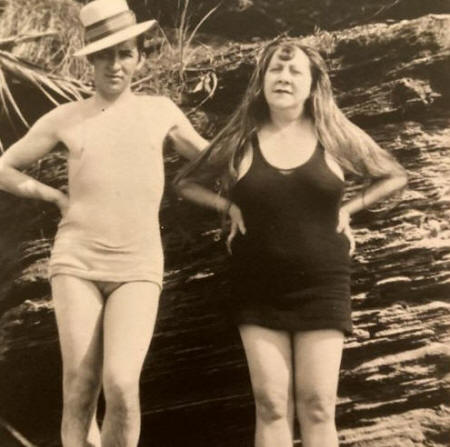
Charles LeMaire and Antoinette Sherri

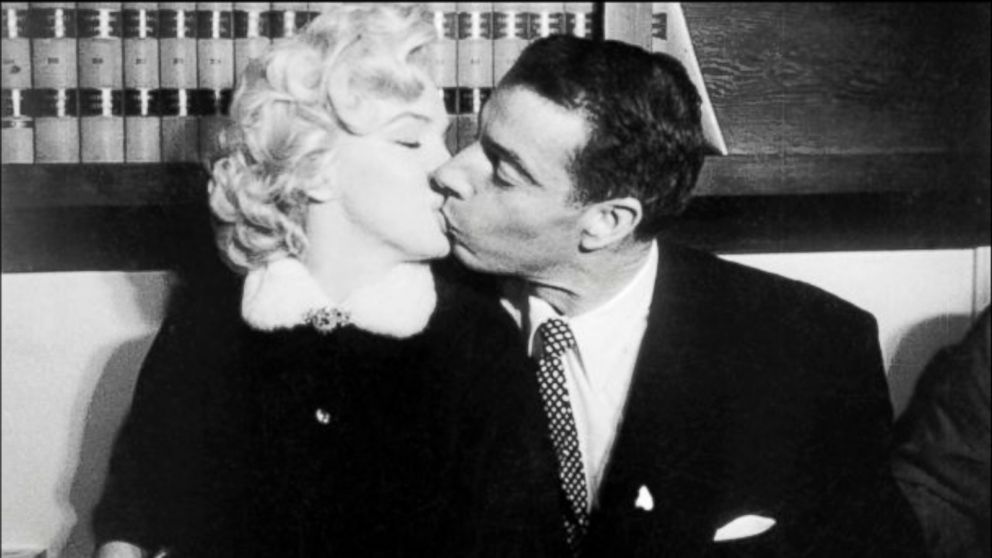
Black suit designed by Charles Lemaire
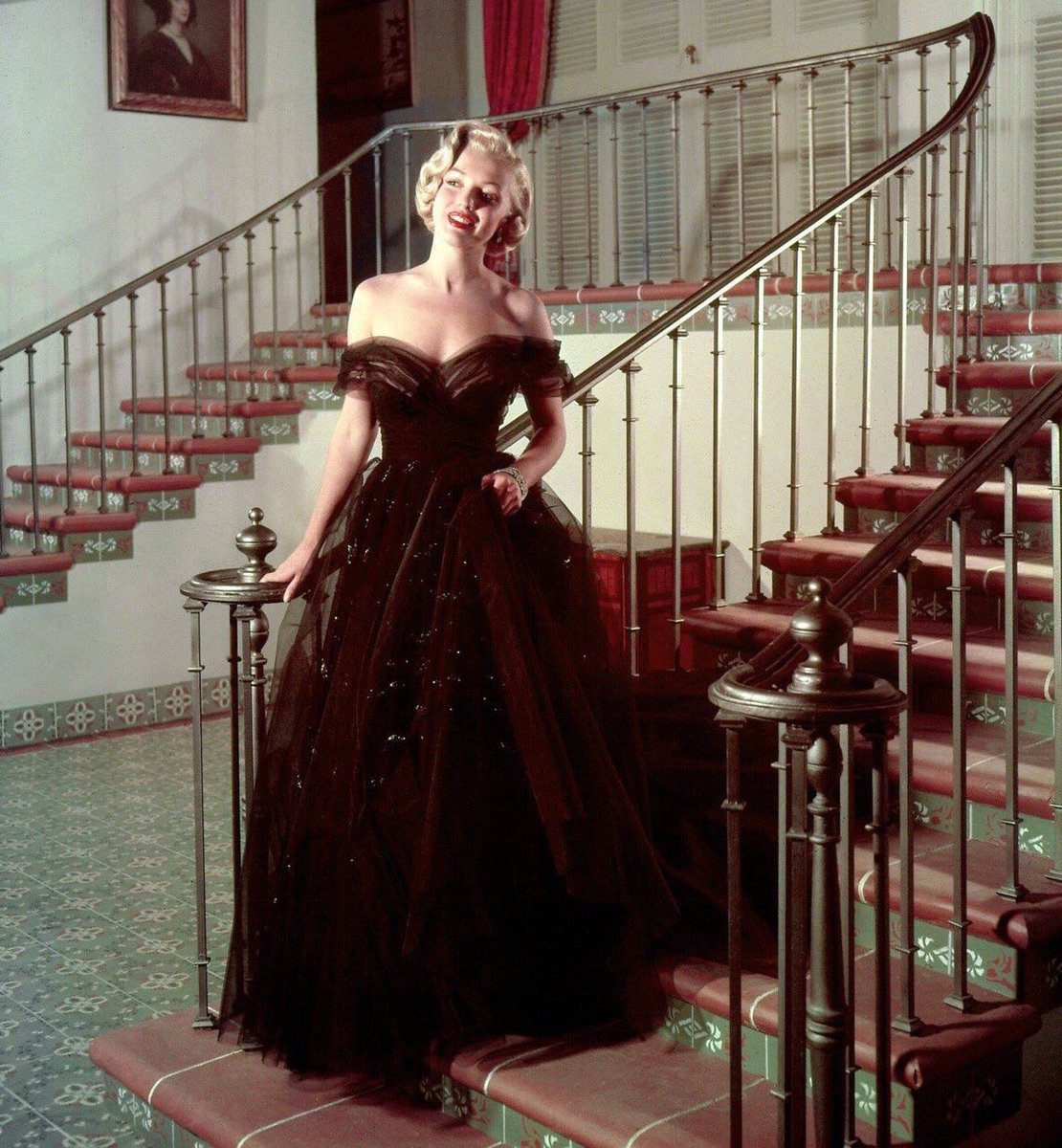
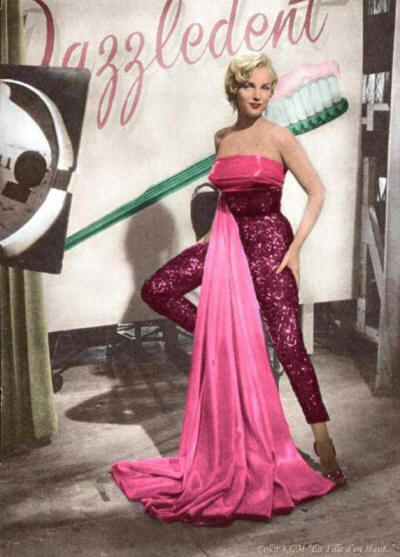
Pink and purple satin pantsuit with train, designed by Charles LeMaire for
The Seven Year Itch ($100,000)
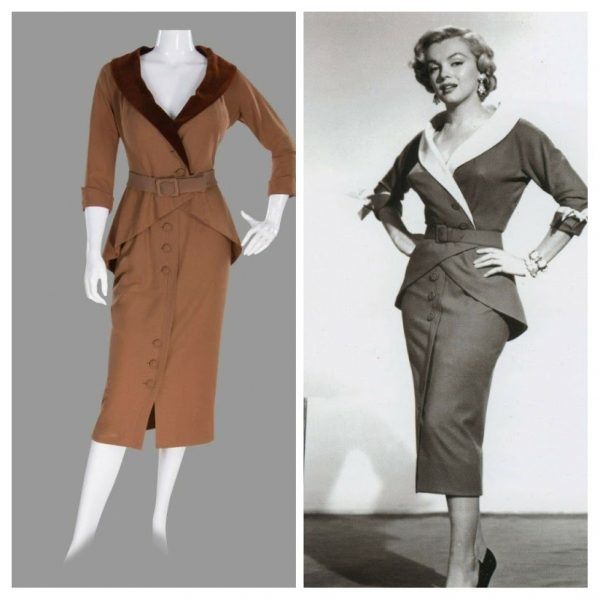
Brown Skirt Suit by Charles LeMaire for Love Nest
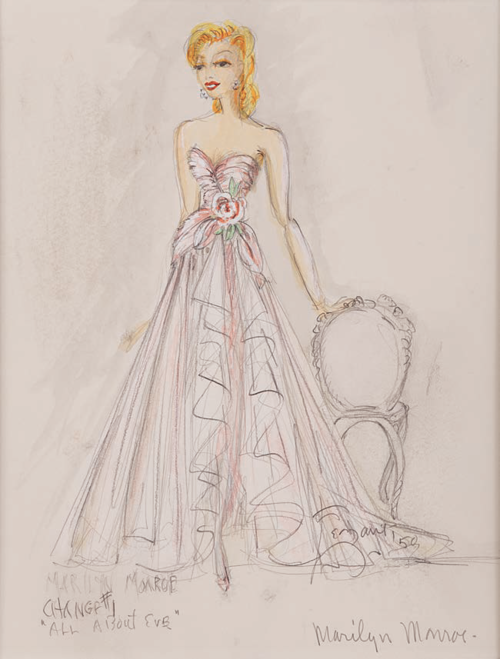
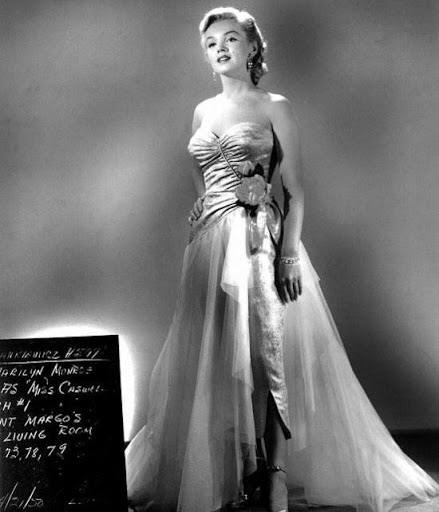
In 1924, when Antoinette was 46 years old, her husband died. A few years later Antoinette traveled to Chesterfield, N.H., to visit Broadway and silent film actor Jack Henderson. He owned a farm in Chesterfield. Mrs. Sherri found the area quite agreeable and became a regular visitor of Mr. Henderson’s. In 1928 Mrs. Sherri purchased her first parcel of land on the Gulf Road in West Chesterfield. The next year she purchased a farmhouse and more land. According to research done by local history buff Dick Mitchell, Antoinette Sherri planned to build a summer retreat for New York City theater people and artists. As part of the plan, in 1931 she began construction of her “Castle”, , funded by LeMaire, and, by 1933, she had purchased nine parcels of land, totaling 437 acres. Mrs. Sherri spent her summers in Chesterfield and the rest of her time in New York City.
In 1988, Allen Norcross conducted an interview with Mrs. Warn, who lived on the Gulf Road property with Mrs. Sherri for 11 years, (1929 to 1940). According to Mrs. Warn, the “Castle” was designed to be the cornerstone of a vacation resort for New Yorkers. Mrs. Sherri’s goal was to build studio cottages around the nearby pond for visitors. The “Castle” was built for the guest’s social functions. Stonework around the pond was done to stabilize the pond and make it more attractive. During the summer months, Antoinette Sherri lived in the old farmhouse across the road from the “Castle.” The farmhouse had no electricity, central heating, running water or indoor plumbing. Mrs. Sherri spent approximately 30 summers in the farmhouse. There are plenty of stories of wild parties and risqué behavior at the Madame Sherri property but, at the time, local newspapers didn’t report any lawbreaking behavior occurring at Madame Sherri’s. The only reported incident occurred in the mid-1930s when a 19-year-old driver of Antoinette Sherri’s 1927 custom built Packard Touring car was arrested for driving without a license. Mrs. Sherri could not drive so she always had someone drive her around town. When Mrs. Warn was asked about wild parties, beautiful starlets and a fast lifestyle at the “Castle,” she said she had only seen Mrs. Sherri enter the “Castle” once after it was completed. According to Mrs. Warn, she didn’t want to get the inside dirty. She said the “Castle” wasn’t built for Mrs. Sherri, it was built for her expected summer guests. Mrs. Warn shared that Mrs. Sherri was big-hearted but a poor manager of money. “She may have been fluent in seven languages, but English certainly wasn’t one of them. She couldn’t read or write a word of it.” Mrs. Sherri ‘always paid her debts, but never on time. When Madame needed money she would have someone write to Charles LeMaire. She always got what she asked for from him.’” However, by 1937 the Antoinette Sherri property was mortgaged to Charles LeMaire. He may have been giving her money but he gained control of the property in return. Mrs. Warn said that eventually LeMaire stopped sending checks and remembered hearing that LeMaire’s wife “put a stop to it.” Mrs. Warn moved away from the Gulf Road property in 1940 but continued to visit with Mrs. Sherri when she returned to the farmhouse in the summer months. Antoinette Sherri’s vision of a summer resort on her property faded away. Financially she struggled for many years and in 1961 she became a ward of Brattleboro. The “Castle” was burned by vandals in 1962 and the next year Charles LeMaire’s wife took complete ownership of the Madame Sherri property.
In 1965 Ann Stokes bought the property from LeMaire. Ms. Stokes lived on nearby Welcome Hill Road, but died that same year. In the 1990s she donated “Madame Sherri’s Forest” to the Society for the Protection of New Hampshire Forests. A trail system now leads to Indian Pond and provides wonderful opportunities to experience spectacular views of the surrounding area. The crumbling ruins of Madame Sherri’s “Castle” are still there as well. In the 1970s Ann Stokes and her friends built a series of studio cabins on her Welcome Hill Road property. The idea was to create studios for visiting women artists so they could live and work in the beauty and serenity of forests and pastureland. This artist’s retreat continues today as Welcome Hill Studios. According to Antoinette Sherri’s neighbor, about 90 years ago Mrs. Sherri had a similar idea. She hoped to create a performer and artist’s retreat on her property as well. This version of Madame Sherri’s life told by Mrs. Warn certainly flies in the face of many stories told by others. According to Mrs. Warn, Antoinette Sherri had only a handful of New York City visitors during her years in the area. These were people she convinced to come up and see the retreat she was building in hopes of having them invest in the project. They would stay for a short time, visit Brattleboro and Ware’s Grove, and then go back to the city. Mrs. Warn said that in the 1940s Madame Sherri did have two or three people stay with her for most of a summer. She thinks the myth of a “wild” Madame Sherri was born when a few New York City “artistic types” came to visit her in the 1930s. Mrs. Warn said once they saw how Mrs. Sherri was living in the farmhouse, with few modern conveniences, they would stay for a short while and then head back to New York. Antoinette Sherri often had a young person driving her around town in her fancy Packard Touring car. Her fur coat and gaudy makeup made her stand out on the streets of Brattleboro and Chesterfield. She liked to visit the Billings Hotel for meals and was always a flamboyant patron.
LeMaire took over as head of the Fox wardrobe department in 1943. "If a woman plays a chimney sweep in one film and a princess in the next one, who does the most to transform her?" LeMaire asked. "Not the script writer, not the sound man, not the director, not the musician — the costume designer does!”
Always n 1943, LeMaire married Beatrice Goetz, ex-wife of film producer Harry Goetz. It has been purported that the marriage was arranged as Mrs. Goetz refused to divorce Harry, who wanted to marry political figure Catherine Rouse Conner, unless Harry could find her a suitably prominent new husband. LeMaire had previously been married for less than a year to one Sandra Hahle. The marriage of Charles and "Bebe" Goetz proved to be long-lasting one, through to her death in 1978.
LeMaire was instrumental in persuading the Academy of Motion Picture Arts and Sciences to institute a costume design Oscar. In a career spanning 37 years and nearly 300 films, he earned a total of three Academy Awards and an additional 13 nominations. Thanks to LeMaire, a special Oscar was introduced for costume design.
LeMaire died of heart failure in 1985.
My published books: